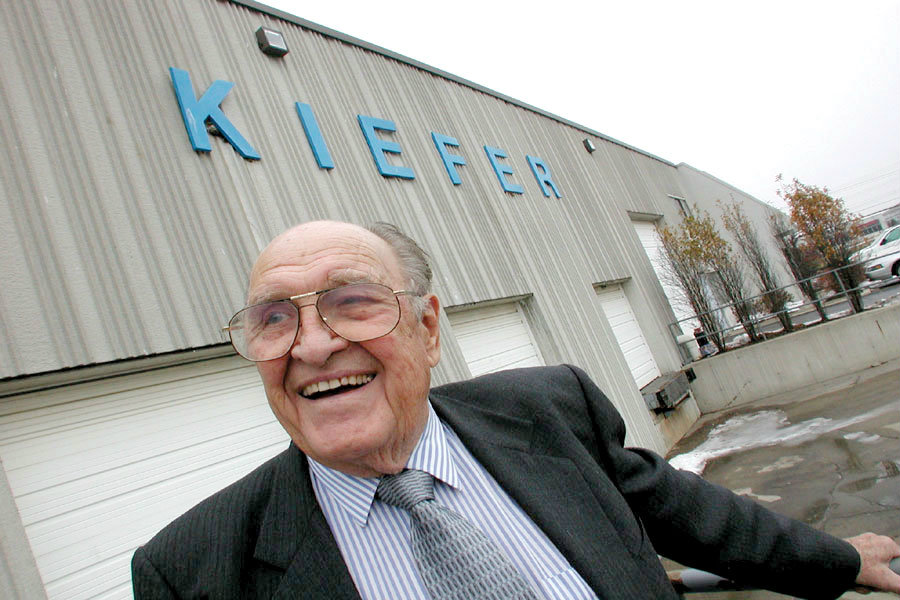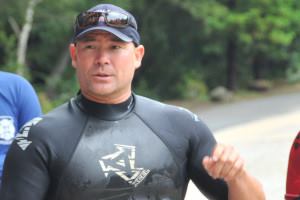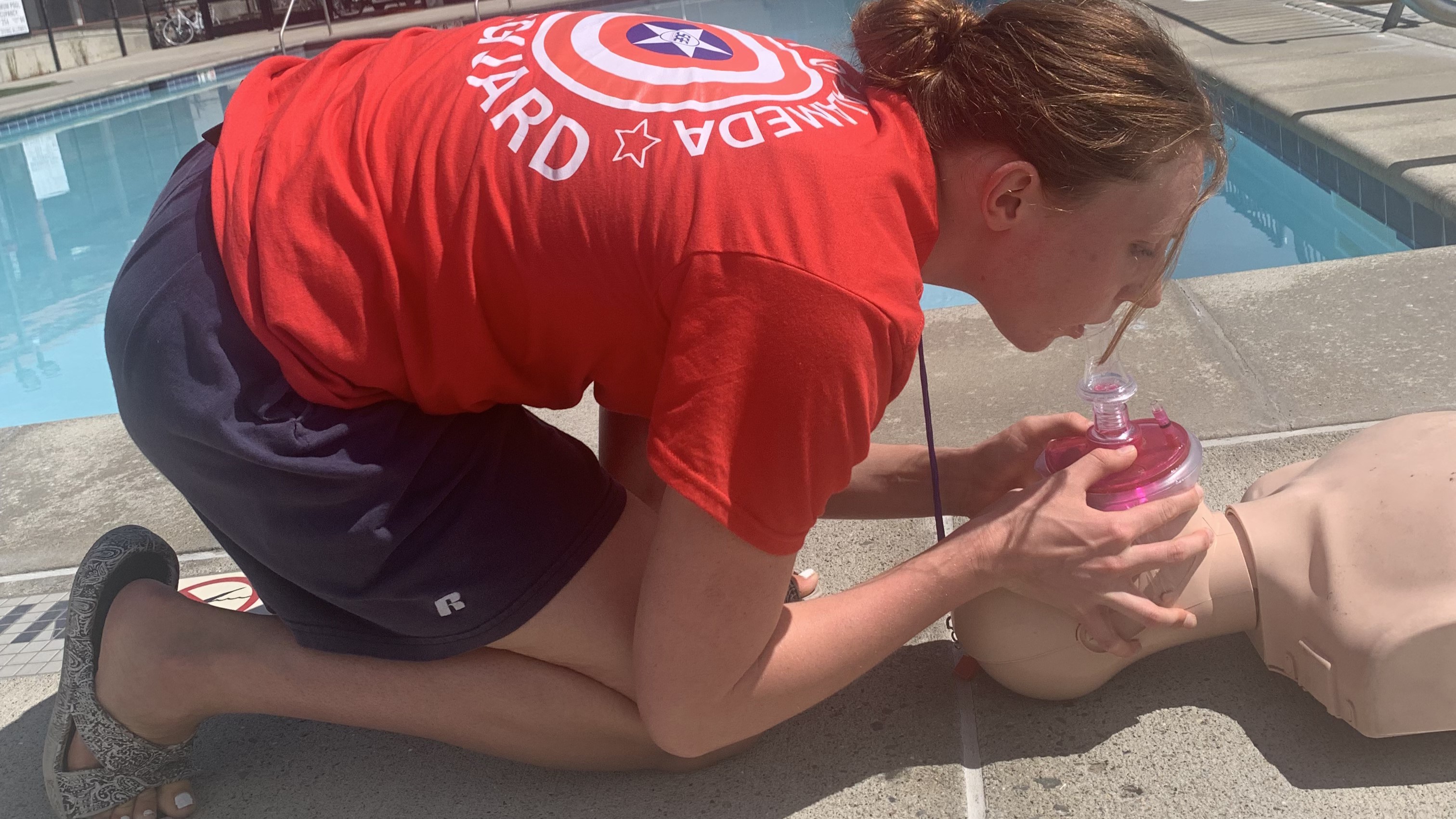Adolph Kiefer could’ve been Tarzan but he turned down the role when movie producers sought to make the international swimming champion a star.
Hollywood’s loss turned into the pool industry’s gain.
Kiefer, who is credited with inventing and improving many products used in swimming pools today, passed away May 5. He was 98.
According to the International Swimming Hall of Fame, he was the oldest living Olympic Gold medalist at the time of his death — the “last of the immortals from the first golden age of American Swimming,” which included Esther Williams among other luminaries.
He was a celebrated figure in the worlds of sports and business. “There will never be another like Adolph Kiefer,” Bruce Wigo, ISHOF’s outgoing president, stated in the organization’s obituary of Kiefer. “Not only was he a great swimmer and businessman, but he was a great human being, husband and father whose memory will live on as a model and inspiration for future generations of swimmers and non-swimmers alike.”
Kiefer was the master of the backstroke. He was only 16 when he became the first man to finish the 100-yard backstroke in less than a minute. The swimming prodigy went on to shatter more records on his way to earning gold in the 100-yard backstroke in the 1936 Berlin Olympic Games. For a time, he secured every national and world backstroke record for men and wouldn’t be bested until 1950, four years after his retirement from the sport.
His military career was equally ambitious. As a Naval officer in WWII, he was distraught to learn that more sailors died due to drowning than enemy fire. He convinced his superiors to allow him to develop a comprehensive water training course, which resulted in his promotion to Officer in Charge of Swimming for the whole U.S. Navy. In this role, he oversaw Victory Backstroke, a program that equipped more than 2 million recruits with the skills to survive a sinking ship.
Kiefer was hot property, an international icon courted by both Hollywood and Madison Avenue. But the humble athlete chose to blaze a trail in business. Drawing upon his experience in the Navy developing lifesaving flotation devices, Kiefer opened his own swimming pool supply company, Adolph Kiefer & Associates, in 1947.
Among his inventions: The nylon swimming suit, as well as foam kickboards and rescue belts used by lifeguards today. He brought innovations to several existing products such as goggles, which he made more comfortable with a softer, more pliable plastic. And he upgraded lane lines with wave-deflecting polyethylene rings to calm the surface during races.
Kiefer was a tireless advocate for swimming, helping fund water-safety programs and pools in underserved neighborhoods. His aspiration as a businessman was to ensure that everything his company did was for the sport’s betterment.
“I wouldn’t do anything unless it was for swimming, safety, learn to swim, swimming lessons, swimming teams, championships,” Kiefer said in a company video. “I think about going forward, saving lives. We have to do it.”
He sold the business to a private investment firm in 2011. But even today Kiefer Associates uses its founder’s mantra, “Let’s keep ’em swimming,” as a guiding light.
Kiefer is preceded in death by his wife of 73 years, Joyce Kainer Kiefer. He survived by four children, 14 grandchildren and 16 great grandchildren.
Donations can be made in his memory to the Adolph Kiefer Fund at the YMCA of the USA.



